What the Labour reshuffle tells us about Keir Starmer’s plans
Commentators say Blairites ‘largely prospered’ at the expense of those on centre-left of party
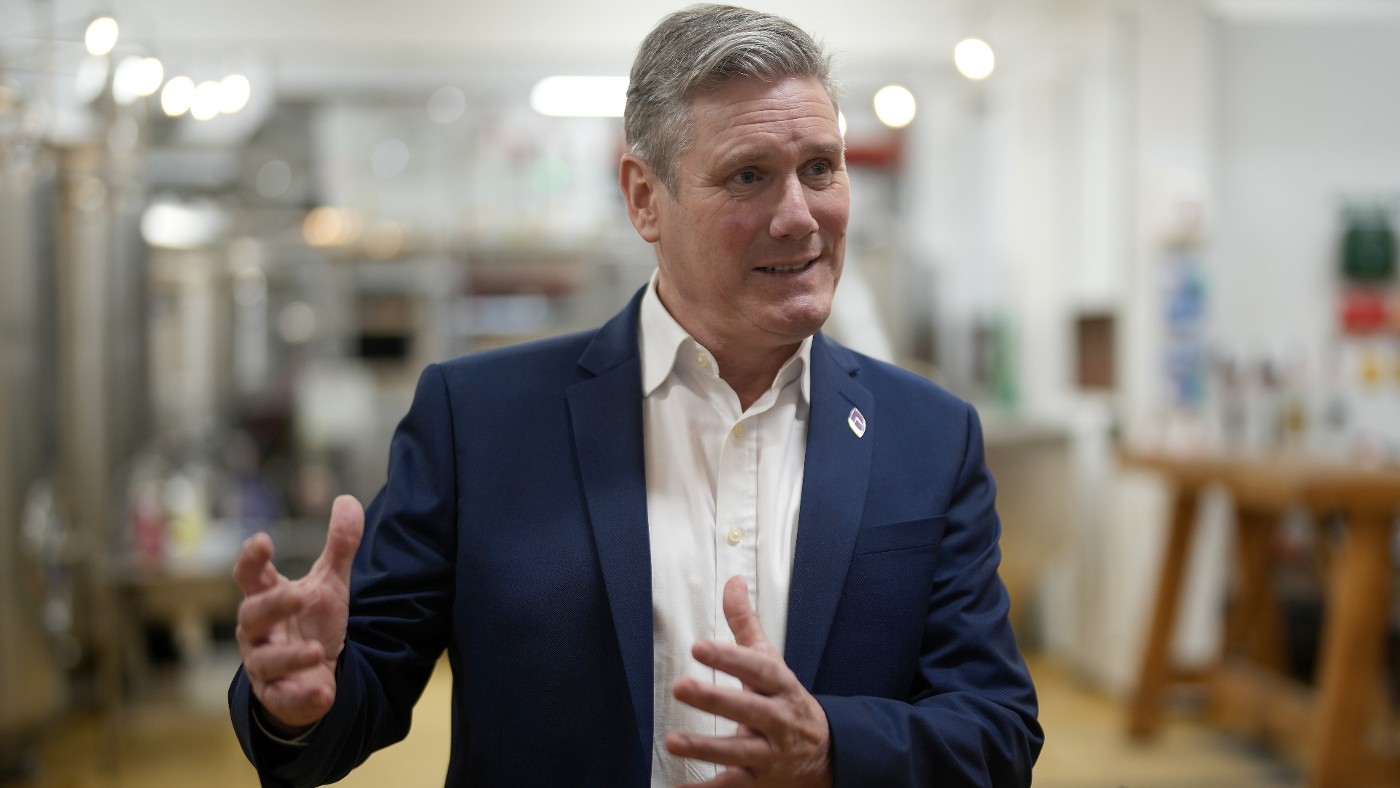
Labour leader Keir Starmer reshuffled his shadow cabinet as MPs returned to Westminster after the summer break.
In his first reshuffle for two years, there was an expanded role for Angela Rayner but also what was widely seen as a demotion for Lisa Nandy. Starmer promoted “Blairites” to the shadow cabinet that will “fight the general election”, said The Times.
Although Rachel Reeves, Ed Miliband and other senior Labour MPs kept their frontbench jobs, the moves were more wide-ranging than predicted. “Phew, that’s a lot of changes”, said the BBC.
The Week
Escape your echo chamber. Get the facts behind the news, plus analysis from multiple perspectives.

Sign up for The Week's Free Newsletters
From our morning news briefing to a weekly Good News Newsletter, get the best of The Week delivered directly to your inbox.
From our morning news briefing to a weekly Good News Newsletter, get the best of The Week delivered directly to your inbox.
Who moved where?
Deputy leader Angela Rayner is now also shadow levelling up secretary and shadow deputy prime minister. She took the levelling up role from Nandy, who takes on the international development role, a move widely seen as a demotion.
Liz Kendall, a former Labour leadership candidate, has become shadow work and pensions secretary, replacing Jonathan Ashworth, who is now shadow paymaster-general.
In a slew of other changes, Thangam Debbonaire, previously shadow leader of the House of Commons, moves to shadow secretary of state for culture, media and sport, taking over from Lucy Powell, who moves the other way in a straight job swap.
Steve Reed becomes shadow secretary of state for environment, food and rural affairs, replacing Jim McMahon, who has stood aside due to ill health. Reed’s previous role as shadow justice secretary is taken by Shabana Mahmood, Labour’s election campaign co-ordinator. Another eye-catching development was the return of Hilary Benn, who is made shadow Northern Ireland secretary.
A free daily email with the biggest news stories of the day – and the best features from TheWeek.com
What was the reaction?
The “scale” of this Labour reshuffle is “wider than most people expected”, wrote Hugo Gye, political editor of the inews site. “Once seen as a future leader,” Nandy has “accepted a significant demotion”, said The Times.
Starmer “promoted key figures on the right of his party” in the “sweeping” and “wide-ranging” reshuffle, said Politico. Nandy is “viewed as a key figure in the party’s “soft-left” faction”, it said, and “since taking office, Starmer has attempted to move the party closer to the perceived political centre-ground”.
The Labour leader “rewarded key allies”, some of whom were “sidelined” by Jeremy Corbyn, it added. It was a “swathe of changes” in which “the fortunes of MPs on the Blairite right of the party largely prospered at the expense of those seen as being more on the centre-left”, agreed The Guardian.
The changes reflect Starmer’s “increased political strength” because he has “promoted trusted ideological allies and marginalised perceived underperformers”, said Rachel Cunliffe, associate political editor of The New Statesman.
One party figure has already called it a “factional takeover” by the right, noted Sam Coates, deputy political editor of Sky News. Coates added that “the balance of the top team [is] certainly very different to the shadow cabinet [Starmer] appointed when he took over in 2020”.
What does it tell us about his plans for government? Starmer has put “experience and an appetite for public service reform” at the “heart of his reshuffle”, which has “more wins for those on the right than the left”, said Coates.
Labour MP Harriet Harman, a former minister, told the BBC Radio 4’s “World at One” the reshuffle is “less about the internal politics” and “more about Starmer marshalling a team, where we can show to the country that here is a team of people that they can have confidence in”.
Opinion was split on what the changes meant for Rayner. Her move means that “on top of the meaty brief” she has gone from being deputy leader to shadow deputy prime minister, wrote Katy Balls, political editor of The Spectator. This is “confirmation from Starmer that she would take on that role if they win power” and “also something Rayner has been publicly angling for”.
Cunliffe isn’t so sure. While Rayner’s new role gives her “greater visibility”, it also “distances her from the command centre of Starmer’s shadow cabinet”, she wrote, and the reshuffle has allowed Starmer to “sideline Rayner without explicitly demoting her”.
Why is Starmer shuffling the pack?
Starmer is “in a funny spot”, said Gye, because he has taken Labour to a “commanding position in the polls” and is the “hot favourite to be PM after the next election”, but “few voters know what he would do with power if he gets to No 10”.
So the job of Starmer’s new shadow ministers will be “not to gain a high profile themselves” because “that is a tricky task in opposition”. Instead, their role will be “to help set out a positive vision for Labour that can spark not just begrudging acceptance but actual enthusiasm from voters”.
Starmer’s allies will say it’s a “reshuffle that shows he’s serious about winning the election and is building a team to prepare for government”, said Alex Forsyth, the BBC’s political correspondent. “Either way, it’s further evidence that Starmer’s prepared to shape the party in the way he wants.”
Chas Newkey-Burden has been part of The Week Digital team for more than a decade and a journalist for 25 years, starting out on the irreverent football weekly 90 Minutes, before moving to lifestyle magazines Loaded and Attitude. He was a columnist for The Big Issue and landed a world exclusive with David Beckham that became the weekly magazine’s bestselling issue. He now writes regularly for The Guardian, The Telegraph, The Independent, Metro, FourFourTwo and the i new site. He is also the author of a number of non-fiction books.
-
 Heavenly spectacle in the wilds of Canada
Heavenly spectacle in the wilds of CanadaThe Week Recommends ‘Mind-bending’ outpost for spotting animals – and the northern lights
-
 Facial recognition: a revolution in policing
Facial recognition: a revolution in policingTalking Point All 43 police forces in England and Wales are set to be granted access, with those against calling for increasing safeguards on the technology
-
 Codeword: December 14, 2025
Codeword: December 14, 2025The daily codeword puzzle from The Week
-
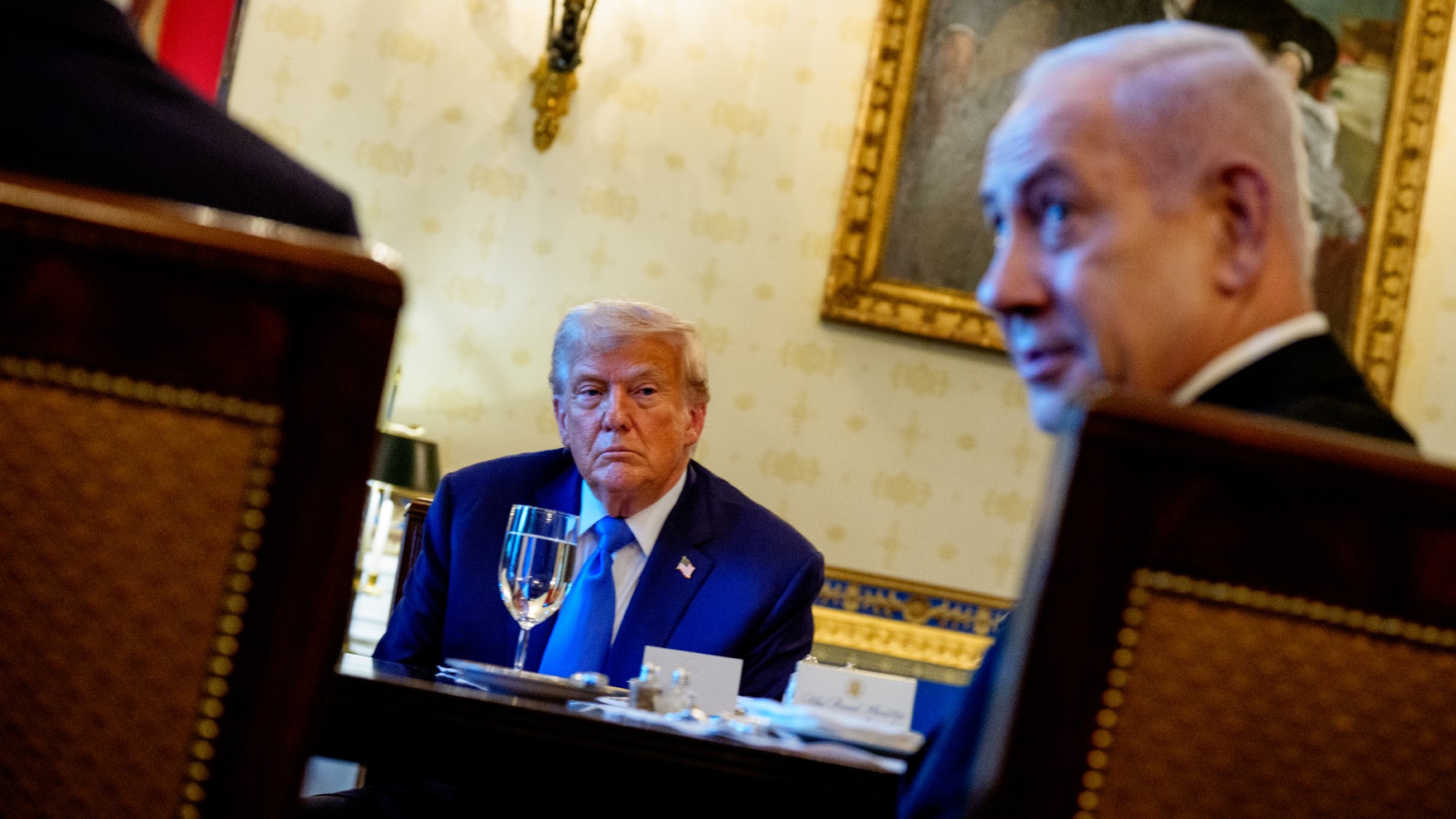 Gaza peace deal: why did Trump succeed where Biden failed?
Gaza peace deal: why did Trump succeed where Biden failed?Today's Big Question As the first stage of a ceasefire begins, Trump’s unique ‘just-get-it-done’ attitude may have proven pivotal to negotiations
-
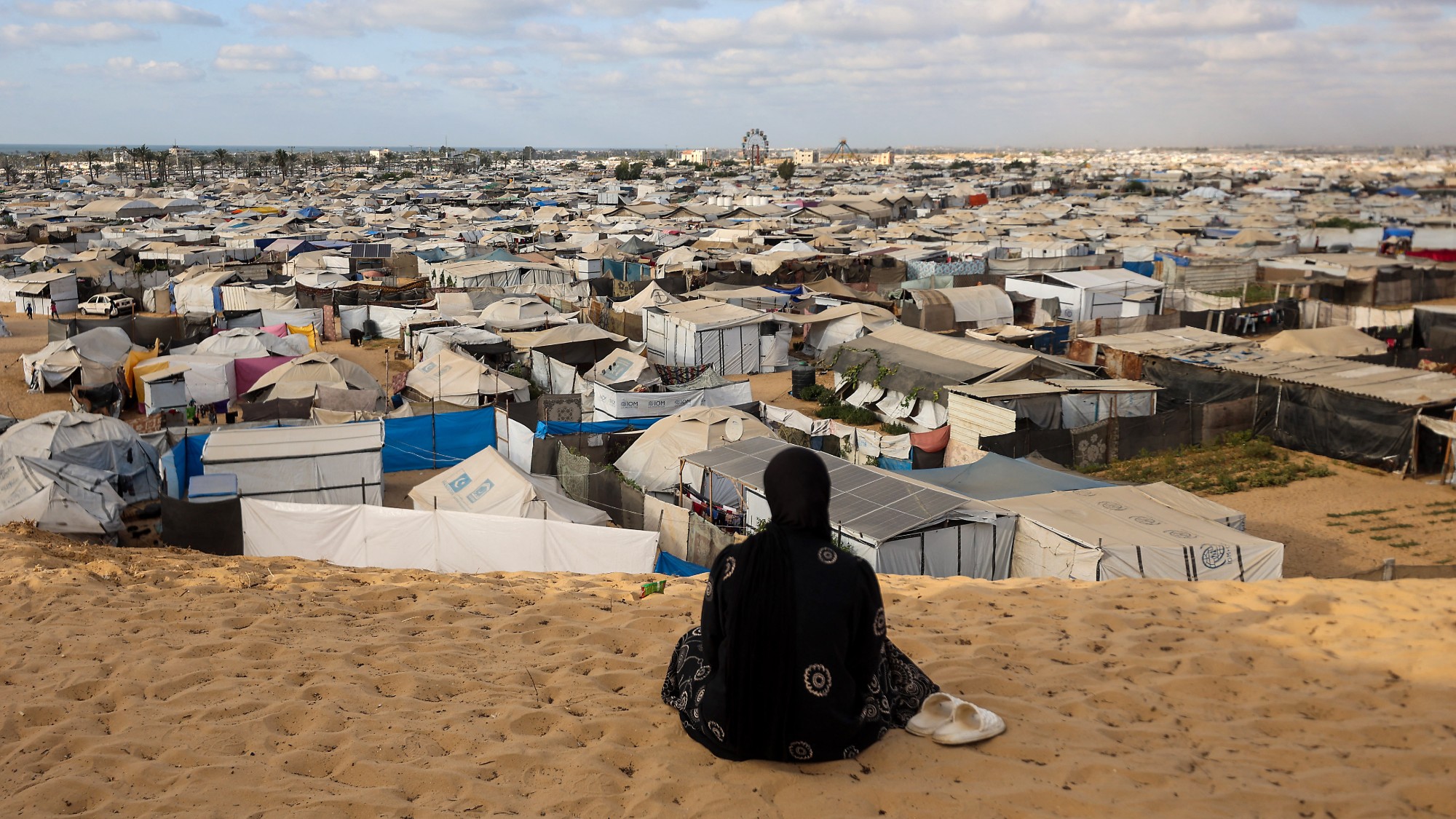 Five key questions about the Gaza peace deal
Five key questions about the Gaza peace dealThe Explainer Many ‘unresolved hurdles’ remain before Donald Trump’s 20-point plan can get the go-ahead
-
 Should Tony Blair run Gaza?
Should Tony Blair run Gaza?Today's Big Question Former PM is a key figure in plans for a post-war Palestine and could take up a formal leadership position
-
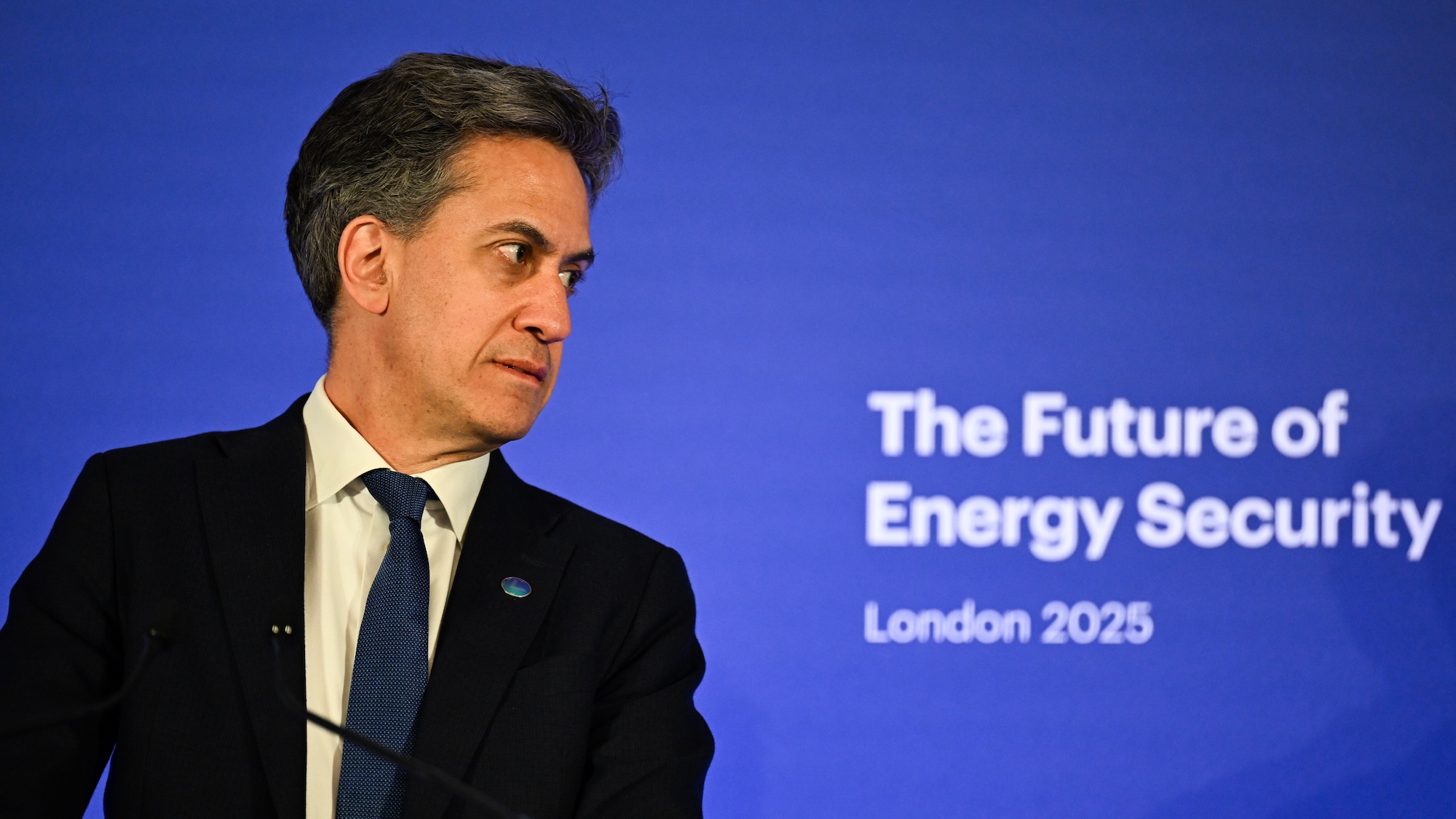 Ed Miliband, Tony Blair and the climate 'credibility gap'
Ed Miliband, Tony Blair and the climate 'credibility gap'Talking Point Comments by former PM Tony Blair have opened up Labour to attacks over its energy policies
-
 Is there a Christmas curse on Downing Street?
Is there a Christmas curse on Downing Street?Today's Big Question Keir Starmer could follow a long line of prime ministers forced to swap festive cheer for the dreaded Christmas crisis
-
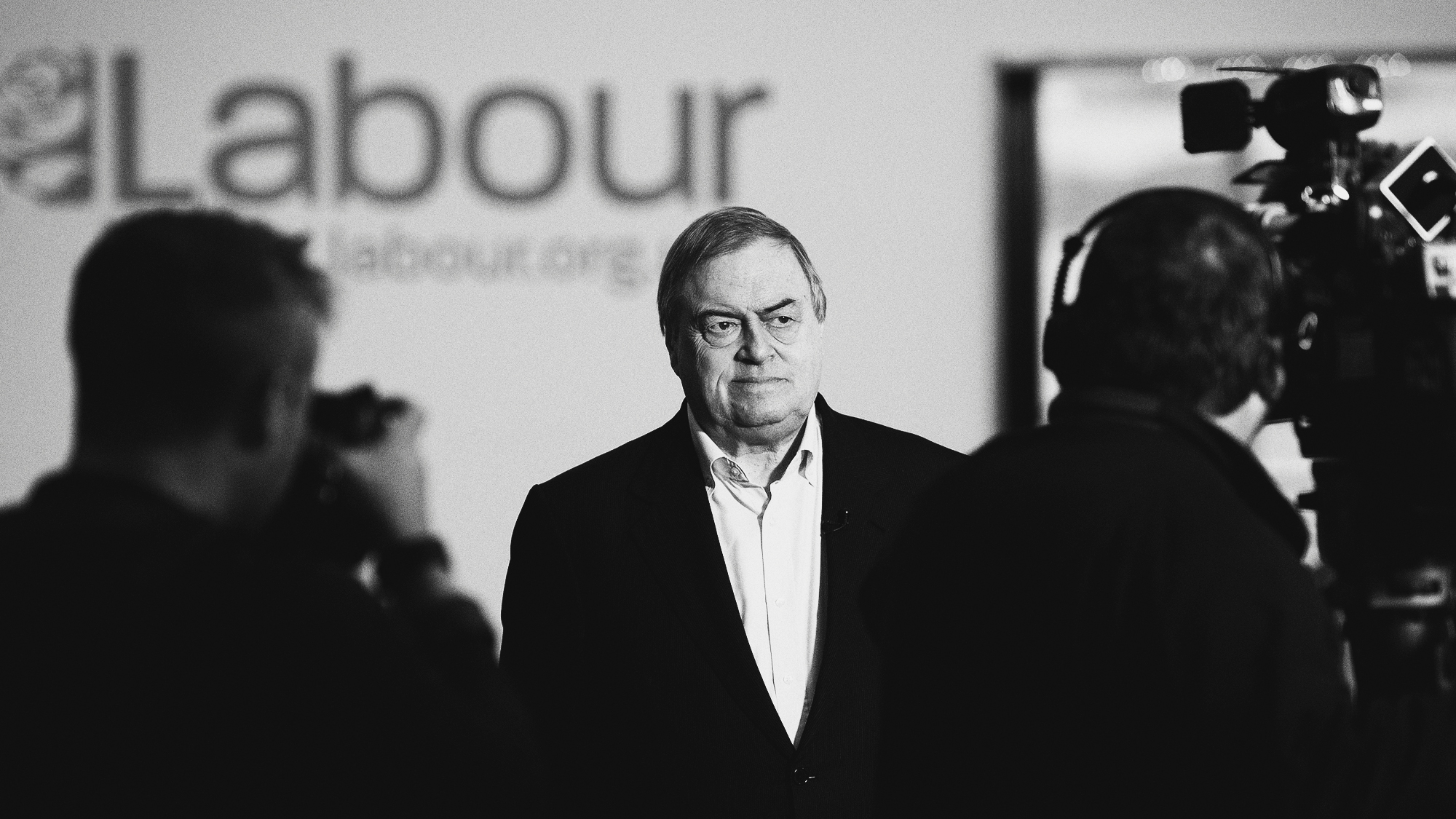 John Prescott: was he Labour's last link to the working class?
John Prescott: was he Labour's last link to the working class?Today's Big Quesiton 'A total one-off': tributes have poured in for the former deputy PM and trade unionist
-
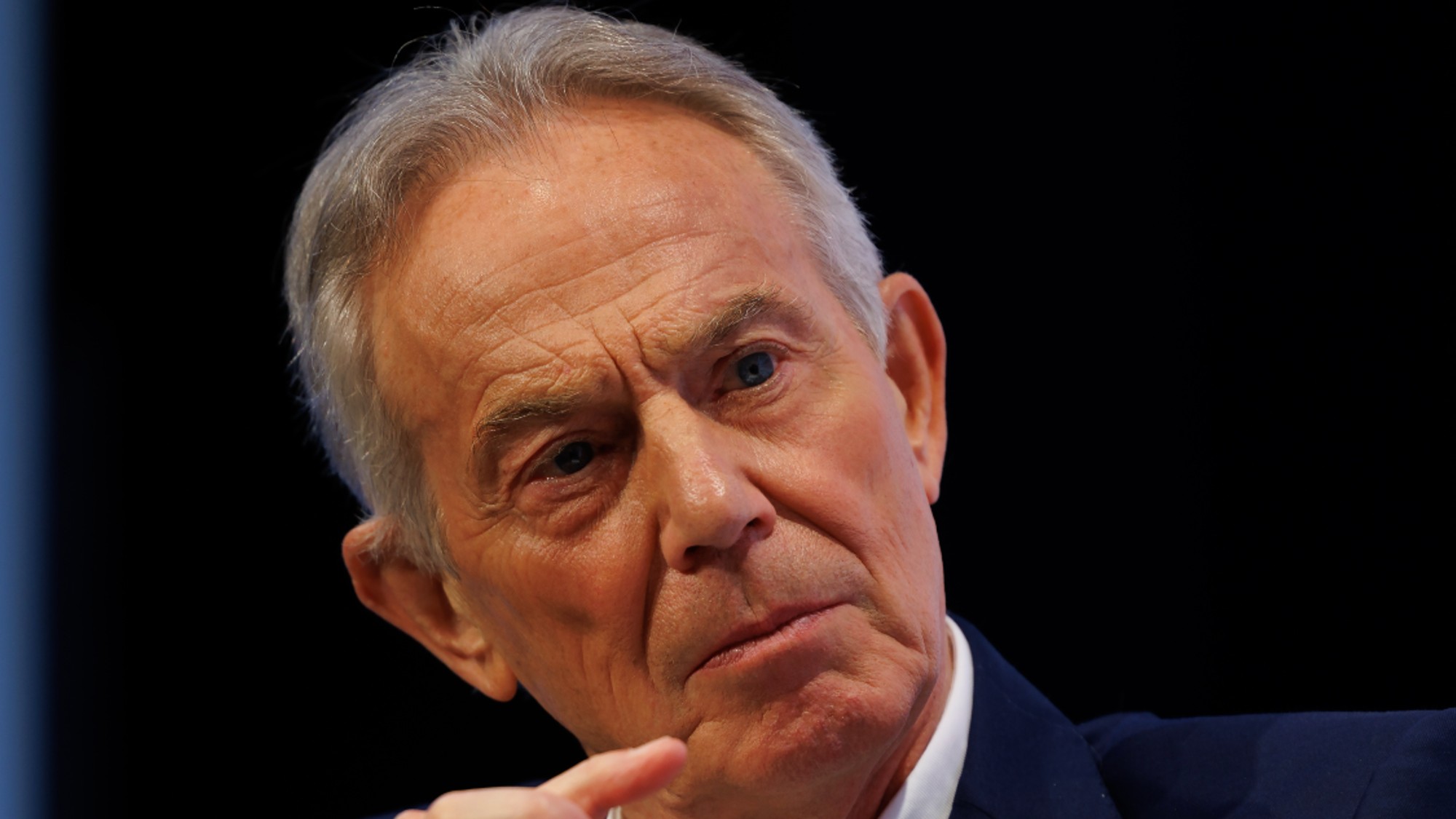 On Leadership: why Tony Blair's new book has divided critics
On Leadership: why Tony Blair's new book has divided criticsTalking Point The former Labour leader has created a 'practical guide to good governance' but should Keir Starmer take note?
-
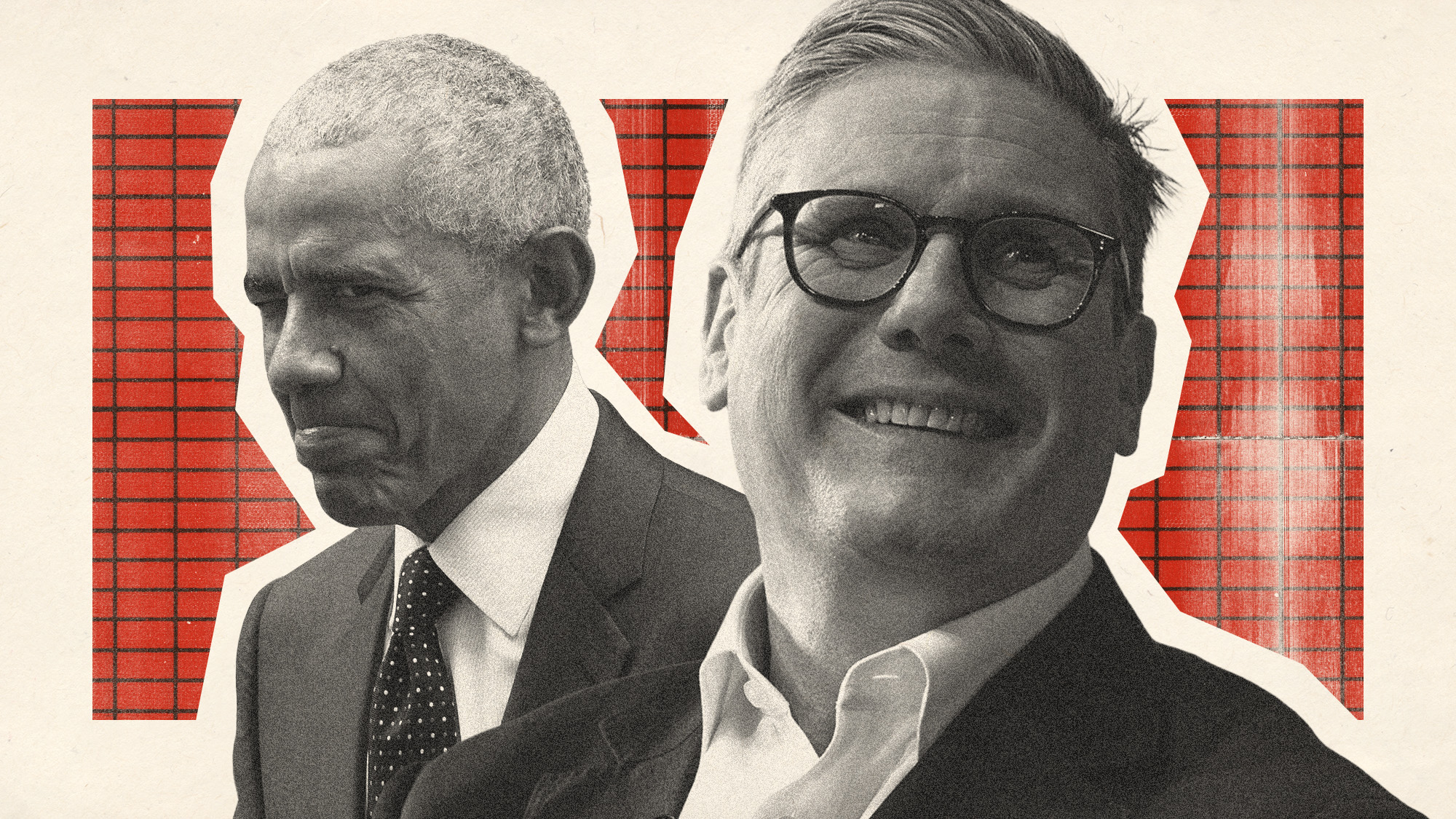 Barack Obama 'behind Starmer transformation'
Barack Obama 'behind Starmer transformation'Under The Radar The former US president urged Labour leader to 'talk more openly'